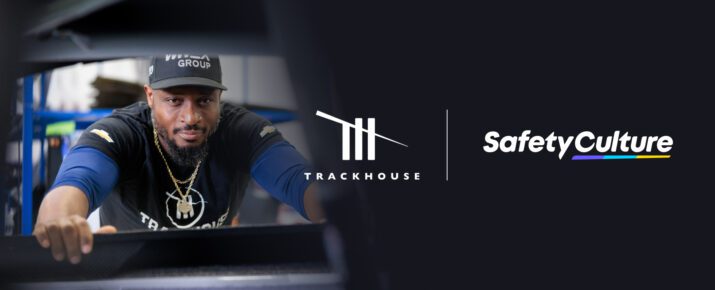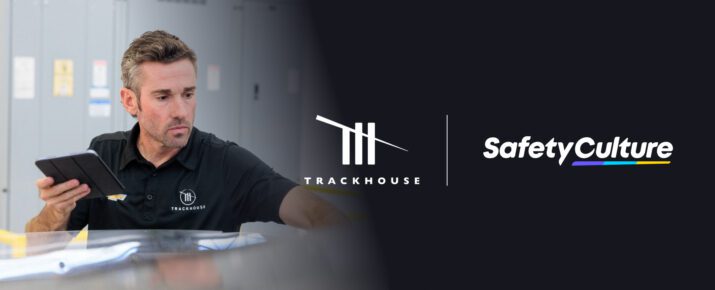Lessons in leadership with Craig Tiley, Tennis Australia CEO
Moments That Matter | By | 2 Apr 2024 | 4 minute read
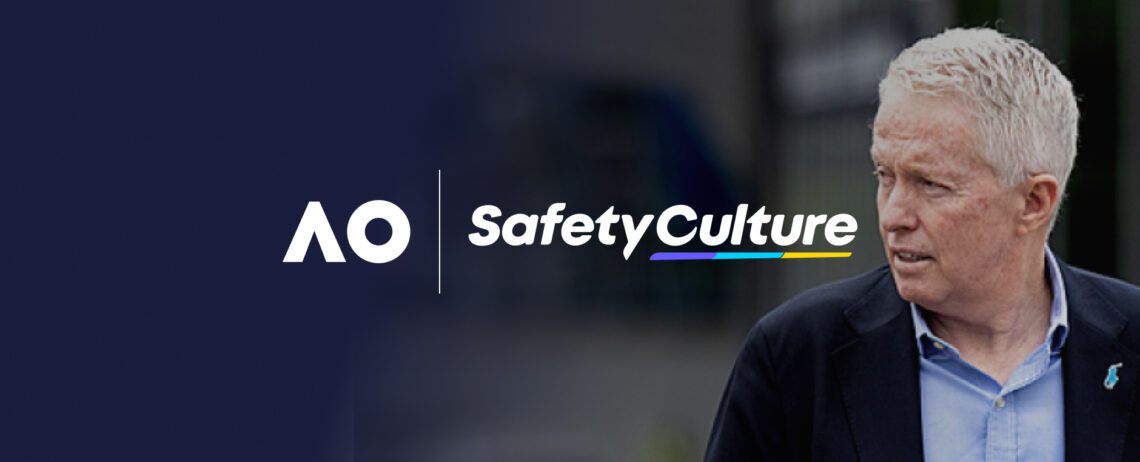
The Australian Open is one of the biggest events on Australia’s sporting and entertainment calendar. It takes months of planning, and years of experience, to make each event better than the last. At the helm of it all is Craig Tiley, CEO of Tennis Australia and Tournament Director of the Australian Open, guiding the way.
Craig’s leadership style is simple. He believes giving it a go and having a good attitude to learning are the foundations for success.
We recently sat down with Craig at Better by SafetyCulture in Melbourne to understand more about his leadership approach and find out how his team pulls off the world’s largest sporting and entertainment event every January.
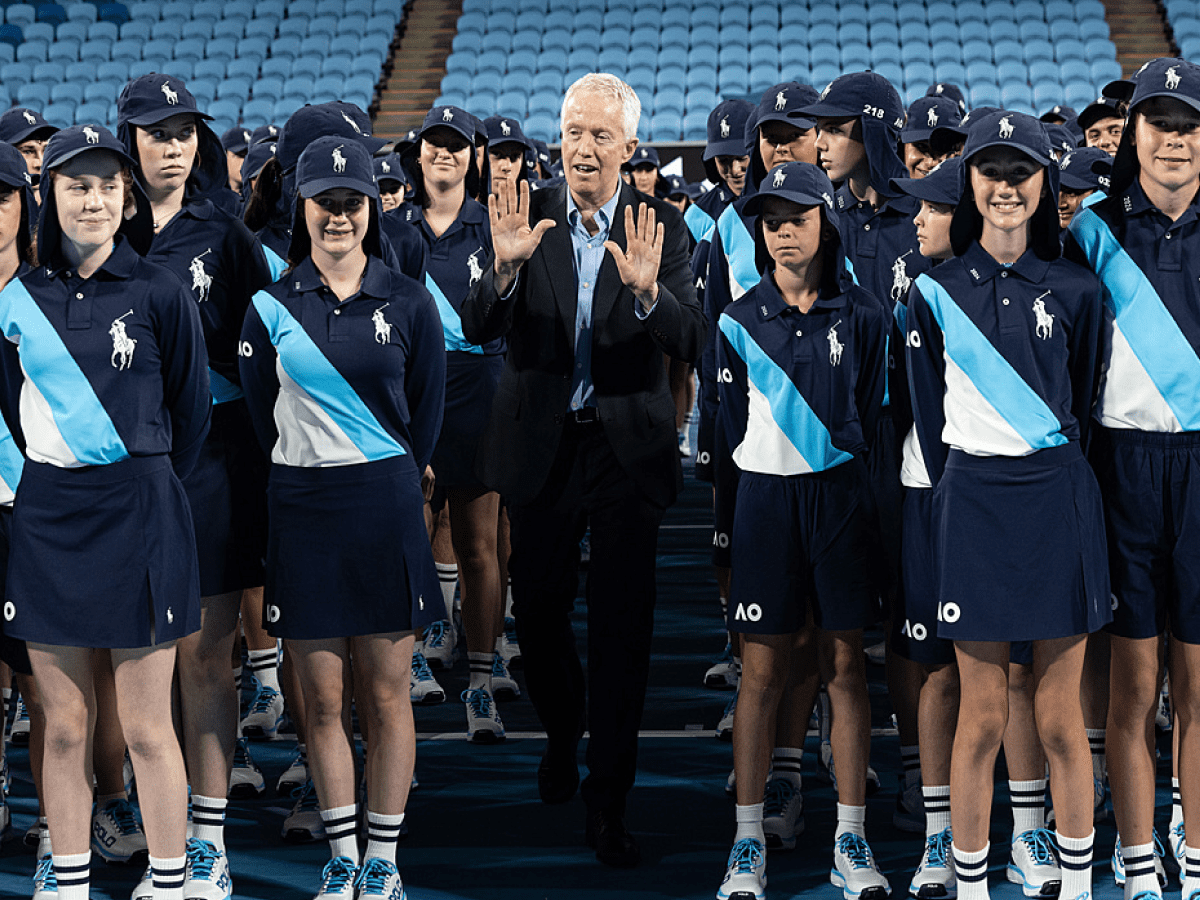
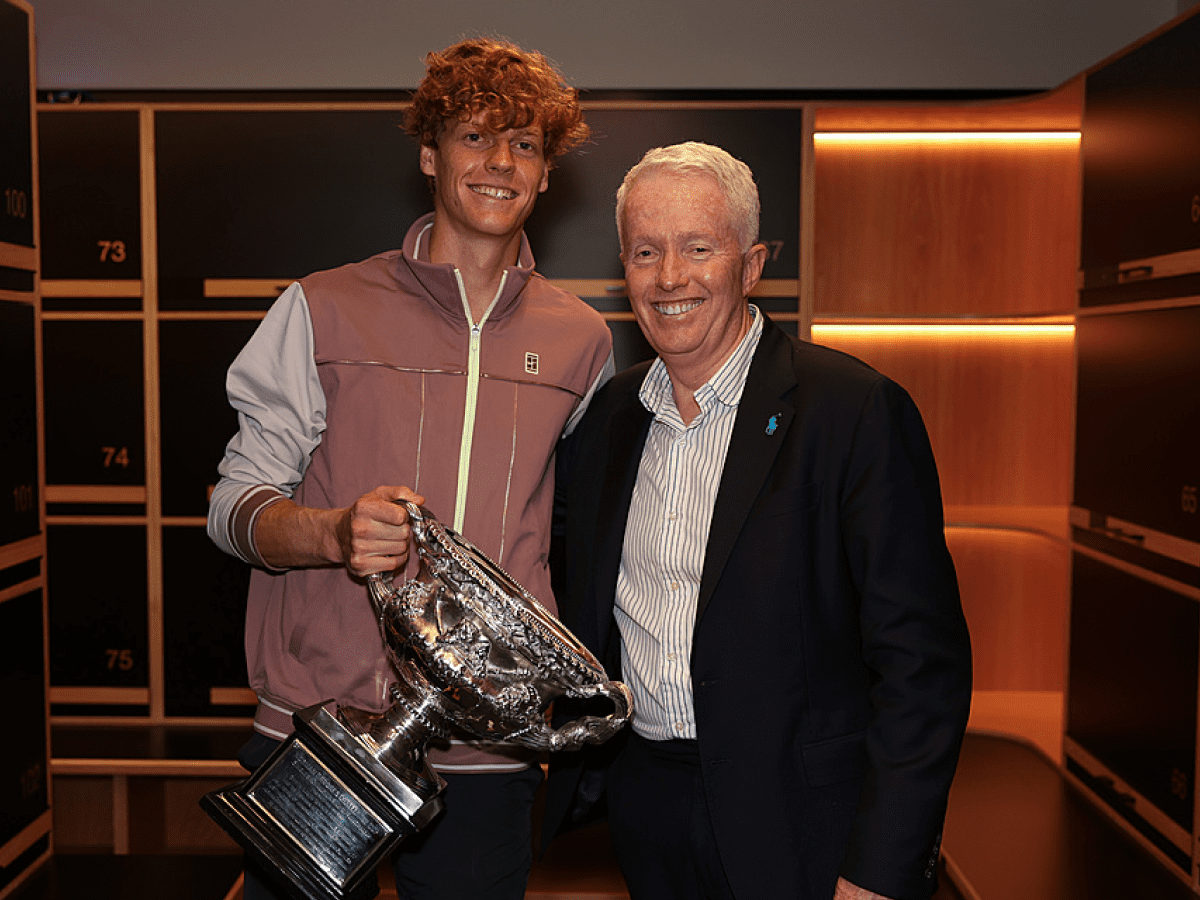
Fostering a culture of creativity
The event planning starts with an audacious goal. How can the team make the next AO better than the last? The planning for every incredible event must begin with a big mission. But any event team would know what a daunting task this is. The secret to knocking it out of the park every year? ‘A great team’.
For Tiley, having the right mindset is more important than skills. “When I was coaching, I didn’t look at a player’s backhand or forehand to know they would be a strong athlete,” he says. “I looked at how they treated their families. Their work ethic, energy, and attitude at practice. If they were good at all those things — I’d take them in.”
“It’s the same for Tennis Australia today. You can teach skills, but creative mindsets are hard to come by,” says Tiley. “And if they’re not inherently creative but have grit, you need to find ways to keep challenging them and keep them innovating.”
Everyone who works on the AO is encouraged to think outside the box. Let’s remember that this team is made up of over 300 ball kids and a 12,000-strong crew spread across retail, court services, operations and more!
Tiley believes that great leaders drive their people to innovate and be creative. He points out that you can’t be everywhere all at once. “As a leader, you stick to the important decisions. Your people should feel empowered to take care of the rest,” he said.
With ambitious yearly challenges and a keen eye for creative potential, Tiley believes fostering a culture of innovation is simple: build the right team and keep everyone responsible for a high standard.
“As a leader, you stick to the important decisions. Your people should feel empowered to take care of the rest”
Craig Tiley, CEO of Tennis Australia and Tournament Director of the Australian Open
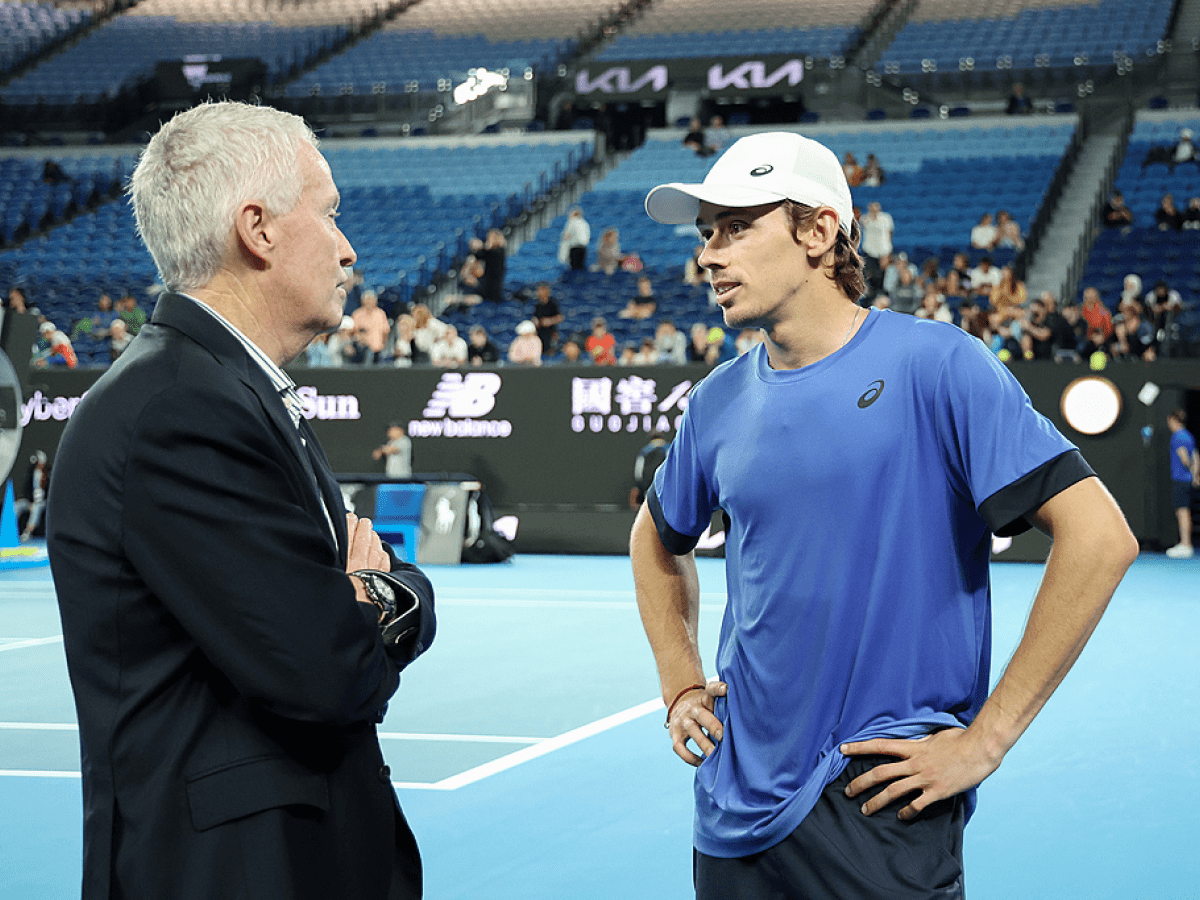
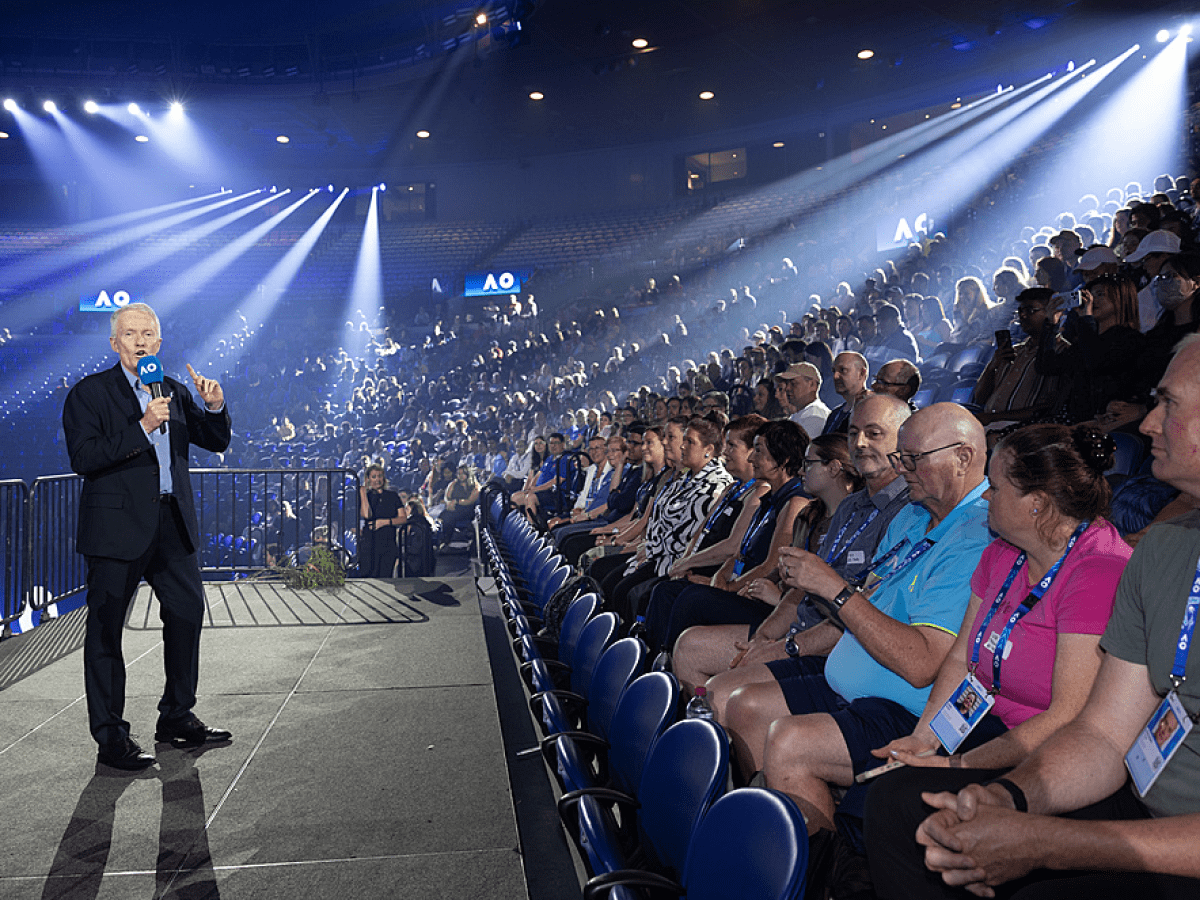
Listening: the key to meaningful relationship building
An underrated skill that Tiley also adopts is active listening. ”Humans have a natural tendency to want to give advice,” he says. Tiley believes the importance of being a great listener is in the fabric of Tennis Australia.
“Making someone feel comfortable and showing that you care more about their needs and less about your own is integral to making progress.”
“The first question I ask our athletes, partners, and suppliers when I see them is ‘How can I help you? What do you need?’ and then I listen”.
The success of the AO is dependent on its 12,000-strong workforce. When these people feel heard and can see their impact on the future direction of the event, they have the energy to contribute to a greater vision. Collecting insights from people on the frontline can often give organizations like Tennis Australia, and events like the Australian Open, a competitive advantage.
“We only get one chance to get it right,” Craig says of leading the team that delivers one of the biggest sporting events in the world. The scale and complexity of the Australian Open make it a masterclass in world-class event management, from logistics and stakeholder coordination to crisis planning and fan experience.
“Making someone feel comfortable and showing that you care more about their needs and less about your own is integral to making progress.”
Craig Tiley, CEO of Tennis Australia and Tournament Director of the Australian Open
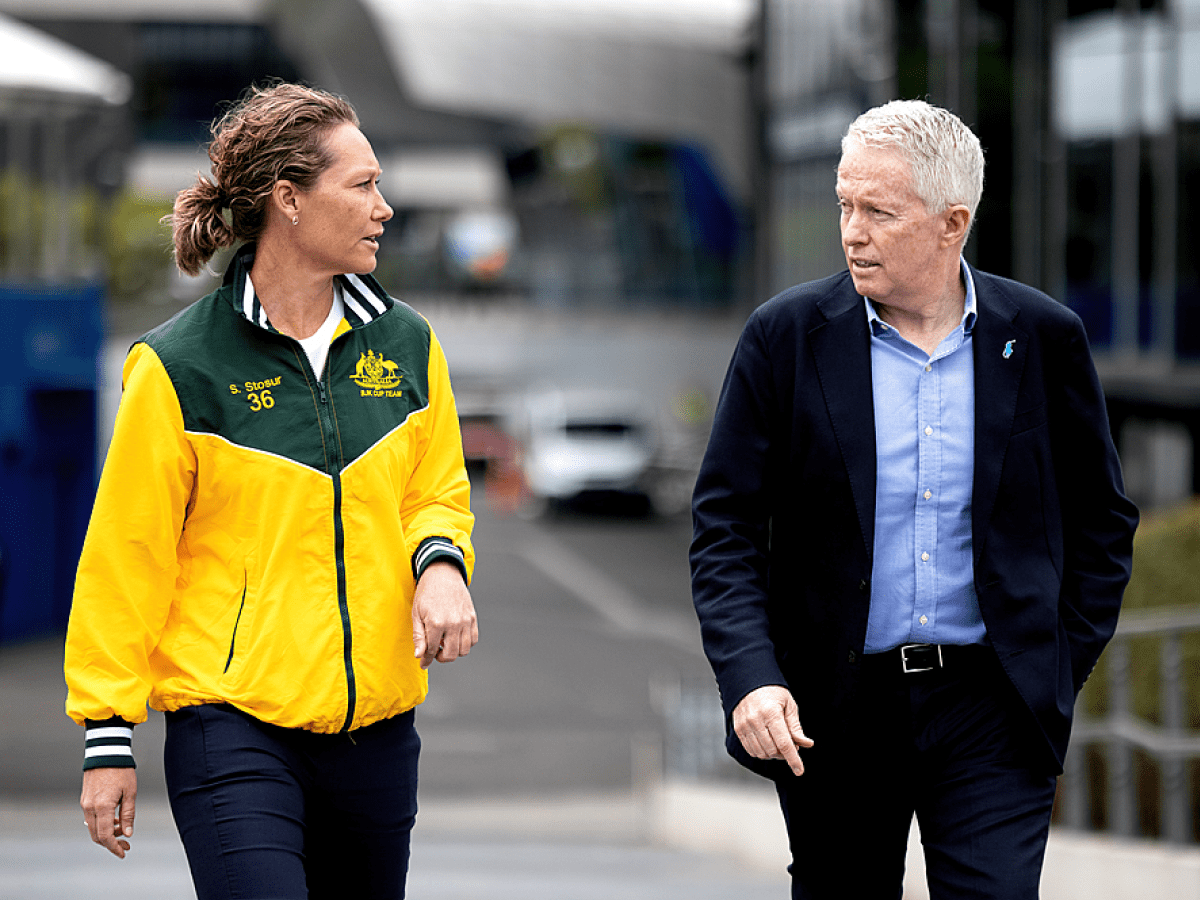
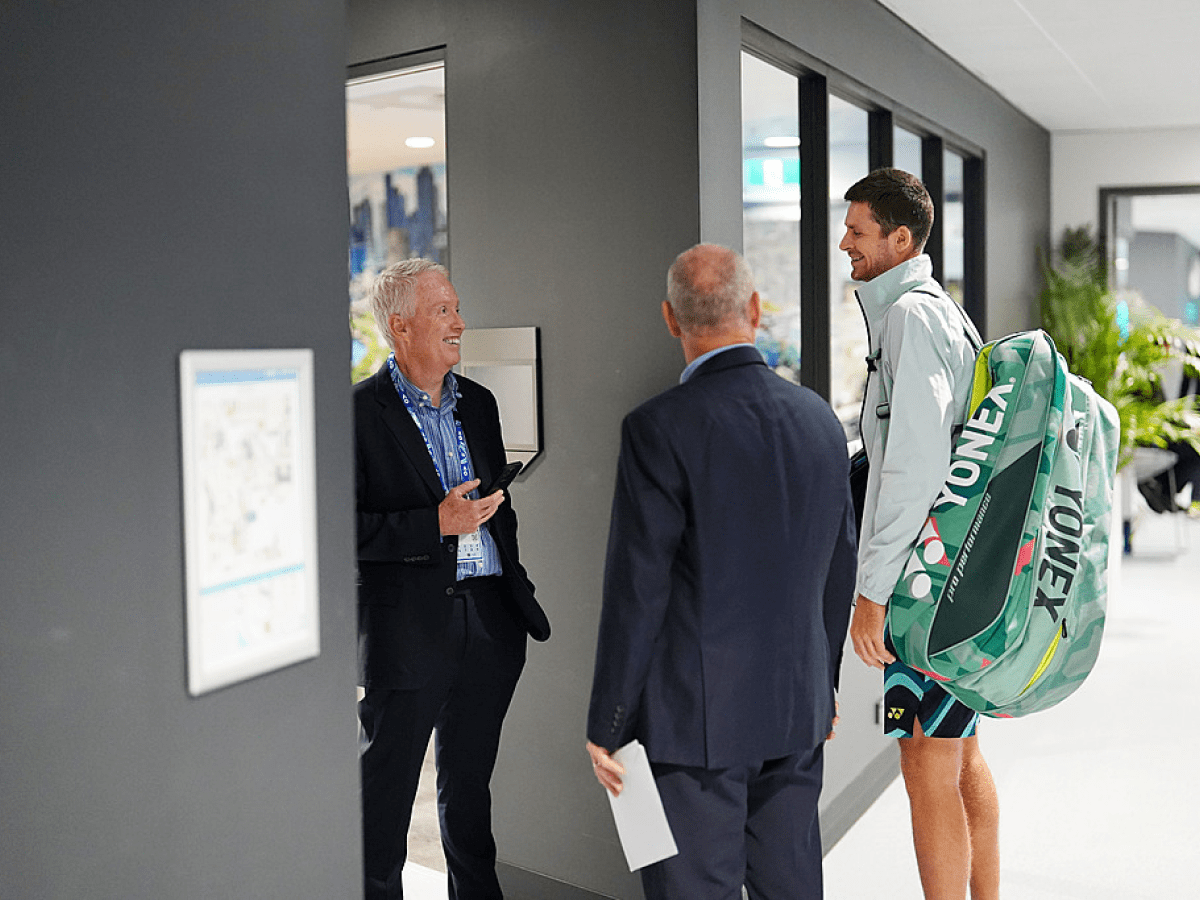
A human approach to leadership
At the very core of Tiley’s leadership philosophy is a people-first approach. “Each year, I prioritize learning the names and roles of as many staff members as possible.”
“When you learn someone’s name, you’re showing you’re invested in them as a person and care about their experience as an employee. It’s a small gesture that makes a huge difference,” says Tiley. “It does inspire effort and loyalty in return.”
The entire AO team is empowered to report improvements around the stadium grounds. It could be a broken speaker or a full rubbish bin. When issues are resolved quickly, spectators can continue to enjoy the summer of tennis.
Tiley’s people-first approach extends long after the winning shot has been made. After the trophies have been handed out on Rod Laver Arena and the tournament setup has been bumped out, Tiley makes it his mission to check in with everyone involved.
“The weeks after the Australian Open are often the busiest because I follow up with as many people as I can,” says Tiley. With a contingent workforce of 12,000, 850 players, multiple sponsors there are a lot of voices to listen to!
“I reach out through email link, text, or phone calls,” he says. This helps drive continuous improvement, and Tiley claims this is the foundation of long-term relationship-building.
As the Australian Open grows year-on-year and new audiences tune in from around the globe, Tiley’s philosophy is what sets the tone for a memorable event. Investing in the people and teams who power the operation, and setting ambitious challenges are also what continue to make it a world-class event.
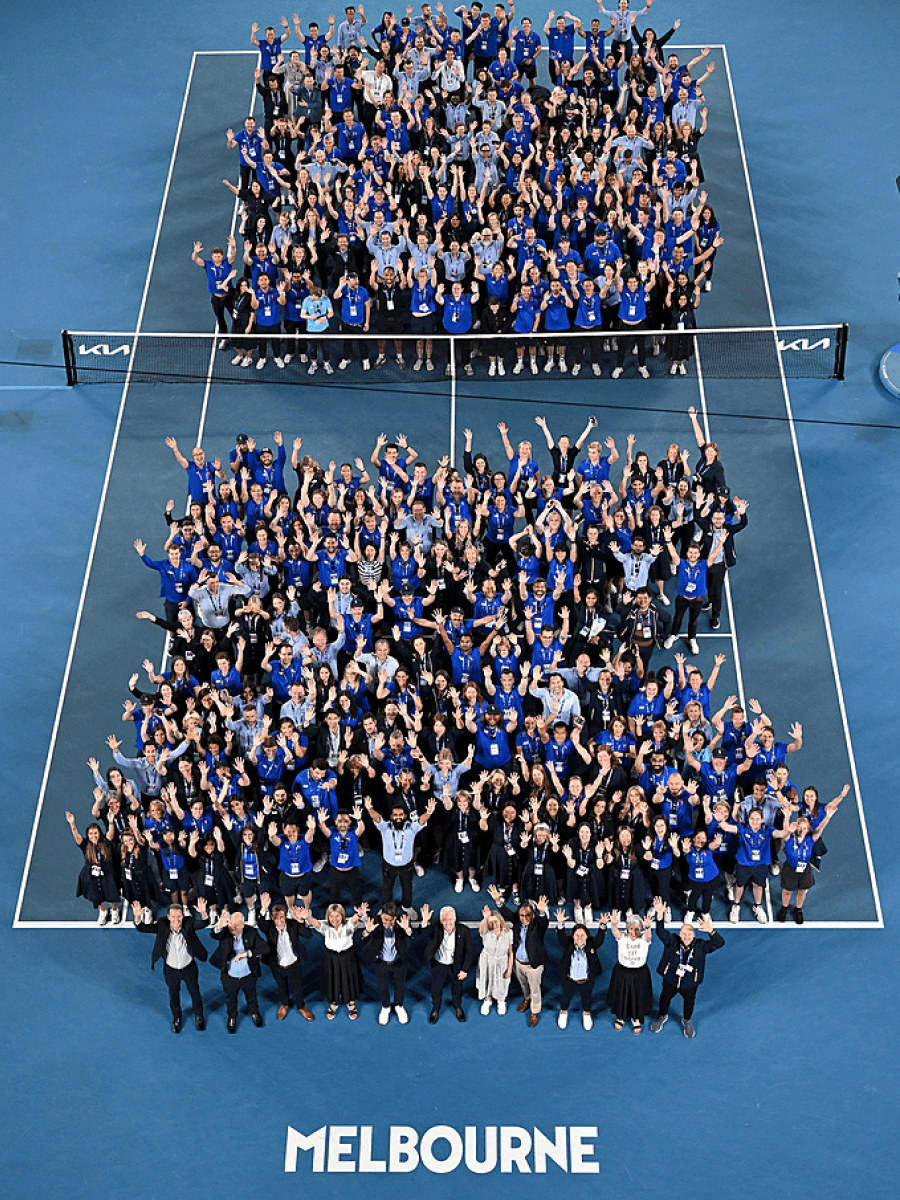
Learn more about the Australian Open
- Everything you need to know about our partnership with the AO
- How Australian Open uses SafetyCuture on and off the court
- The teams behind the scenes: preparing for the Australian Open
Important Notice
The information contained in this article is general in nature and you should consider whether the information is appropriate to your specific needs. Legal and other matters referred to in this article are based on our interpretation of laws existing at the time and should not be relied on in place of professional advice. We are not responsible for the content of any site owned by a third party that may be linked to this article. SafetyCulture disclaims all liability (except for any liability which by law cannot be excluded) for any error, inaccuracy, or omission from the information contained in this article, any site linked to this article, and any loss or damage suffered by any person directly or indirectly through relying on this information.
